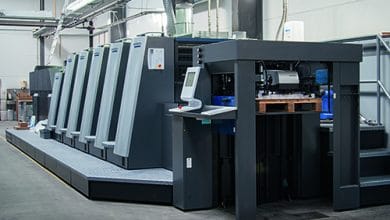
Thanks to Bioprint, damaged skin cells can soon be repaired directly at the bedside.
Contents
The latest innovation in bioprinting comes from the USA
Medical 3D printing is one of those 3D printing applications that are particularly promising. After all, we are all waiting for the day when it will finally be possible to send much-needed donor organs at any time bioprint reproduce and then transplant.
Another step in this direction is now (March 2019) based in Winston-Salem, North Carolina, USA Wake Forest Institute for Regenerative Medicine (WFIRM) succeeded. The WFIRM researchers were able to develop a mobile bioprinter that can be used directly at the patient’s bedside. There, the device can treat large wounds or burns by printing new skin layer by layer onto the existing skin to begin the healing process. This is all done with the patient’s own cells, which the bioprinter processes into new skin.
biopsy as a starting point
The background to this need for action is the fact that chronic and large wounds in particular are difficult to heal. This applies in particular to diabetic pressure ulcers, which often have to be treated several times.
The focus of this new treatment method is initially on the dermal fibroblasts and the epidermal keratinocytes. These two main skin cells can go through a small biopsy be easily isolated and expanded from intact tissue. The task of the fibroblasts is to synthesize the extracellular matrix and collagen. Both play a crucial role in wound healing. The keratinocytes are the predominant cells in the epidermis, i.e. the outermost layer of skin.
The cells thus obtained are now in a hydrogel mixed and placed in the bioprinter in this form. The device contains imaging technology and is connected to another device that scans the wound. This technology feeds the appropriate data into the software to tell the printheads exactly which cells are involved. Those cells are then brought into the wound layer by layer. This process promotes the formation of normal skin structure and function.
As a next step, this treatment method must be tested in a clinical study on humans.
Read more about bioprinting and numerous other exciting 3D printing application areas in our blog.
To the blog overview


